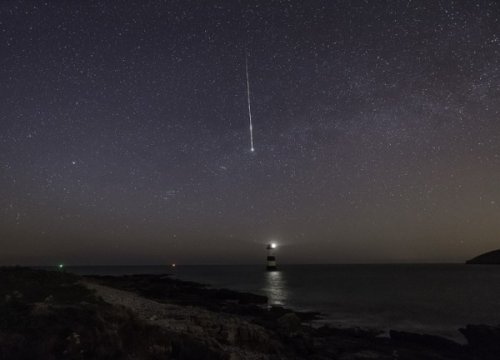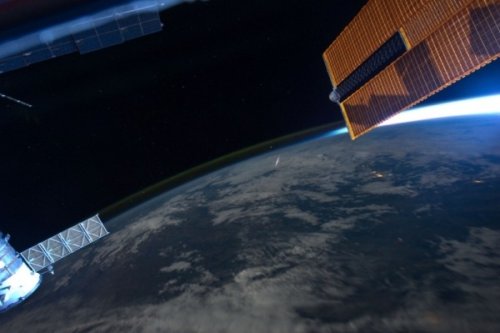By Eric King-
Star gazers across Norfolk, have captured a perseid meteor shower on film. The annual spectacle climaxed this weekend when the sky darkened, making the shower clearer to see.
Ben Gadsby-Williams captured, a brilliant picture of the shower as it shot across the Horsey sky.

The Perseid meteor shower takes place each year between July and August, and comprises of particles falling from the Comet Swift-Tuttle, which orbits the sun every 133 years and was first seen in 1862.
Meteors
Meteors are formed from the trail of the particles, or shooting stars As they Begin the process of their entry into the Earth’s atmosphere creating tails of light across the sky.
Perseids

Traveling at a speed of 132,000 miles per hour, they are called Perseids due to the way in which they appear to streak away from the Perseus Constellation. Locals gather to get a view of the shooting stars as the evening gets darker, as this is believed to be the best time to catch a good glimpse of it.
Star gazers love a glimpse at spectacular images in the stars, as it gives them a surreal feeling of depth with the universe.
In the height of a meteor shower, star gazers can see up to 50 meteors an hour. The moon darken more than usual, as the night draws nearer and star gazers can get an amazing glimpse of activity in space. Meteors vary in size, and are a magnificent sight to behold. It resembles a natural and astronomical fireworks display, too good to miss.
The perseids are a prolific meteor associated with the comet Swift Tuttle. They derive their name from the from the point where they appear to come, called the radiant, lies in the constellation purseus. Perseus is named after the Greek mythological hero perseus, and is a constellation in the northern sky.
They are like shooting stars burning up in the atmosphere. Activity in space is becoming a growing phenomenon of interest as more and more people are looking up in the skies.



